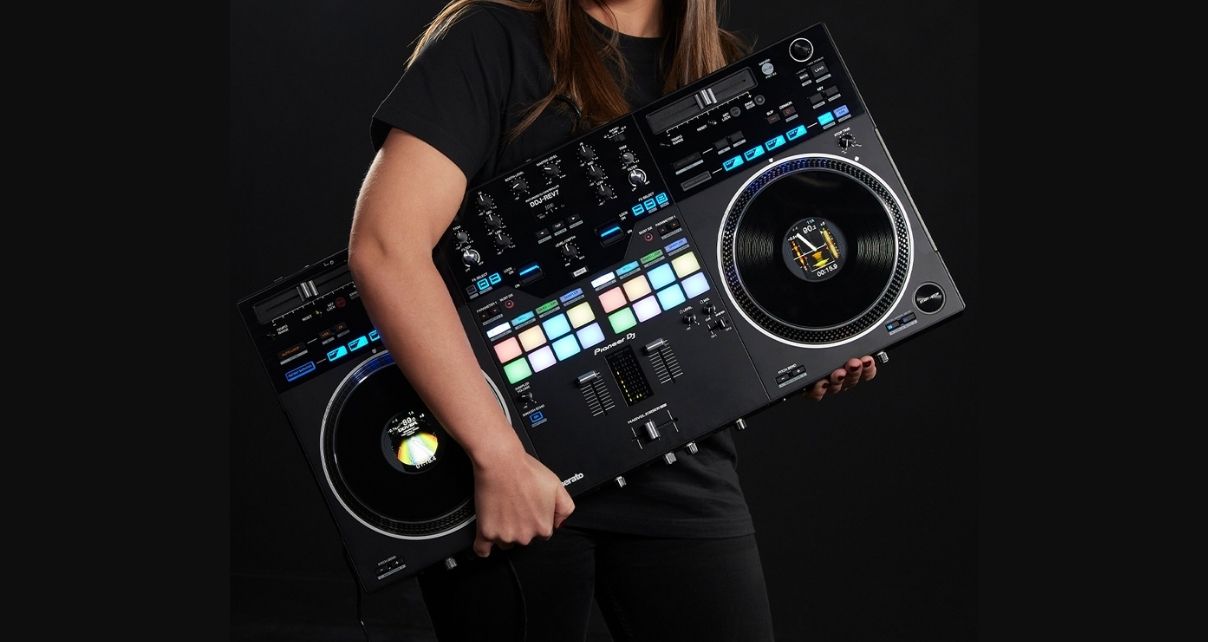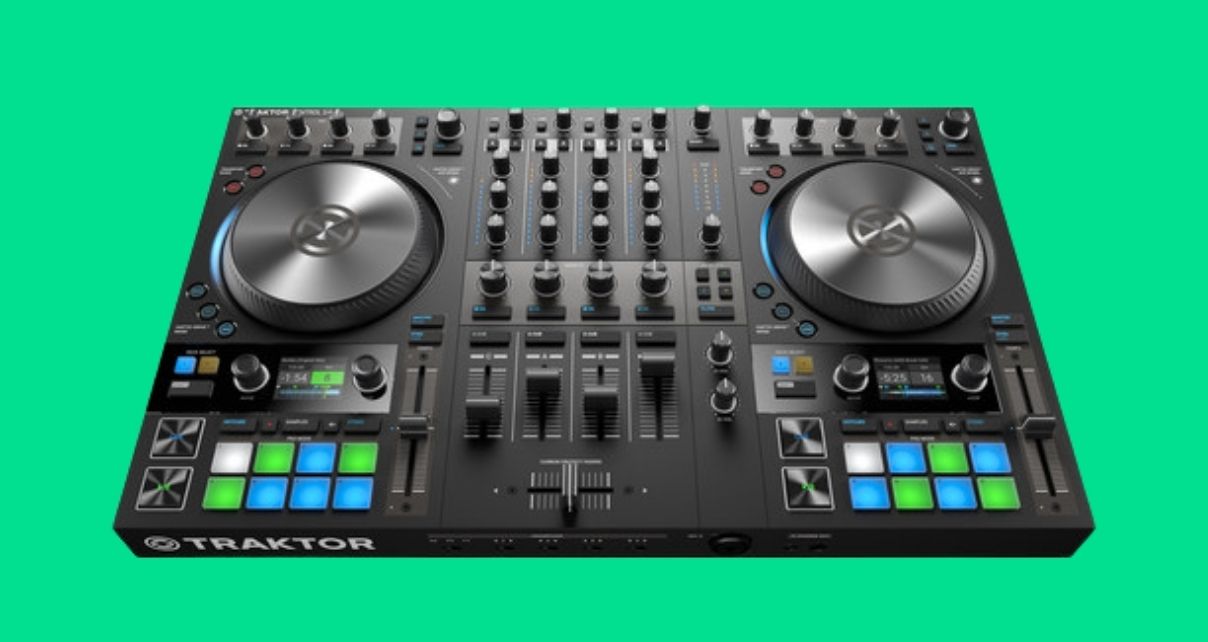Most DJ gear nowadays has “fixed” or “static” jogwheels/platters – when you hit play, nothing physically starts turning. Even pro club gear is this way.
But some DJs prefer to have their decks spinning, just like the turntables of old. And if that’s you, then you need to know that not all motorised decks are made equal, and in fact, there are now three types to choose from.
So which should you go for? That’s what you’ll learn by the end of this article. Read on as we talk about why you may want motorised platters, also take a look at what the disadvantages are, then examine the three types – before offering you another alternative route at the end of the article.
Watch the show
Prefer me to talk you through this? In this video, a recording of a live show from the Digital DJ Tips YouTube channel, I do just that – PS we know the audio has echo on it, it isn’t for long!
Pros and cons of motorised jogwheels
For some DJs, especially those who have been weaned on turntables, DJing is simply something you do with a motorised turntable set-up, and such DJs hate using static jogwheels, of the type found on most modern DJ controllers and decks.
They’ll tell you they like the feel of inertia as the platter pulls at their fingers when they touch the vinyl, which itself is made light to manipulate thanks to the felt “slipmats” between it and the hard metal of the spinning platter.
For others, it’s an aesthetic or appearance thing – there’s something undeniably hypnotic about spinning platters, getting more respect from crowds, and more likes and eyeballs on social media. Who knows why? It’s a fact, though.
Read this next: Platters vs Jogwheels – Which Is Best For DJing?
But spinning platters also have their downsides. Devices with (unnecessarily) powerful electric motors in them use more power, weigh more, cost more, and may break more easily. You need to weigh up whether the things you love about motorised platters outweigh these definite downsides.
But if this is definitely what you want to go for, you have three choices. Let’s look at them:
3 Types Of Motorised DJ Technologies
1. Turntable copies

These are jogwheels or platters designed to look and feel exactly like turntables. The Rane Twelve is the best example, a Serato control deck that’s the same size as a turntable, with the same sized platter. It feels totally like using a turntable, without the tonearm of course, but apart from that it’s uncanny.
But there are also smaller examples, such as the standalone Denon DJ SC6000M, and the Rane One Serato controller, both of which have smaller platters, that nonetheless have that same feel.
The advantage of this type of system is that it feels very much like turntables – but the disadvantage is that the way they work (they are all actually the same tech, because both brands are owned by the same company) means that there is a raised adaptor, about 2″ across, right in the middle of the jogwheel. Doesn’t really make a difference on the big ones, but it might annoy you on the smaller versions.
2. Hybrid jogwheels

These are like the turntable copies in that they have pretend vinyl on top, a thing that “slips” underneath, and the high torque motor spinning them beneath that – but they have no spindle, instead having a transparent top through which you can see a display, like jogwheels often have.
(I say “these”, but there’s only of this type out there at the time of writing, the Pioneer DJ DDJ-REV7 Serato controller.)
They’re amazing, giving you the best of both worlds, and I guess the downside really as I write this is that the tech is unproven – there are currently severe supply-side issues with these units, and there just aren’t enough out there to know if there will be any teething problems. So far so good though.
3. Motorised jogwheels

These are not trying to be turntables at all, being simply normal jogwheels that spin when you turn them on. Again, there’s only one such system out there, the Traktor Kontrol S4 Mk3, which is a Native Instruments DJ controller for Traktor Pro software.
And they’re cool – this controller is much lighter than the others here, and the jogs feel cleaner and simpler. But on the downside, using them is nothing like using turntables. That said, they feel great and hey, they spin! This might be all you want.
Another route: DVS
It is possible to DJ digitally with traditional turntables as well, by using a “DVS compatible mixer” and special vinyl, called timecode vinyl.
The vinyl sends computer code to the mixer, which sends it to an attached laptop running DJ software, which sends music back to the mixer, based on the manipulation the DJ is doing with the vinyl.
It’s a clever system, and it predates all the tech discussed in this article by many years. Recently, it’s been joined by something called Phase, a wireless take on the idea, which is also worth checking out if you just want to update traditional record decks to work with DJ software.
Learn to DJ on ANY set-up: The Complete DJ Course
Finally…
Motorised jogwheels, spinning platters, whatever you want to call them, aren’t for everyone – but they are fun. And it is definitely worth having a go on them if you can at some point to see if you think they may be for you.
If you do, there’s never been a better choice of systems out there. I hope this article has helped you to figure out whether this may be a route for you, and if so, what type to go for – please ask any questions in the comments.



